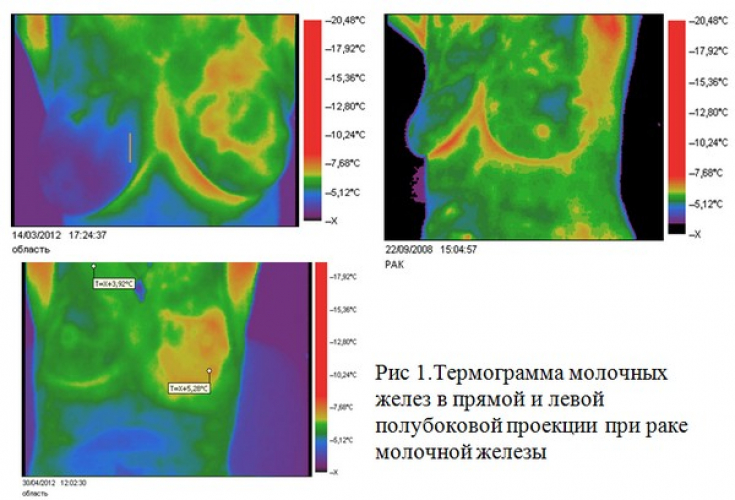Mammography has long been one of the most popular methods of breast examination. At a low cost, this technique made it possible to diagnose such serious diseases as breast cancer, which is currently – the second most common cancer among women (after skin cancer) and the second leading cause of death from cancer.
Mammography is now known to be less reliable in a group of women with dense breasts, estimated to make up more than half of all women over 40.
In this regard, there are doubts about the appropriateness of mammography. On estet-portal.com read about the risks of mammography as well as an alternative diagnostic method – thermography.
Breast examination: standard recommendations for mammography
Mammograms are done today for two reasons: they help detect breast cancer, and they help confirm the diagnosis if another screening option shows cancer.
Research has shown that mammography is generally less accurate in women under 50.
Women aged 50-74 are recommended to be screened with a mammogram every two years. Women under the age of 50 need to prescribe this study individually, taking into account the characteristics of the patient, and carefully weighing all the pros and cons of the procedure.
"Tight breasts": an anatomical feature or a dangerous syndrome
Potential Hazards of Mammography
Two reasons why mammography is now recommended for women over 50 is that breast cancer is firstly less common in younger women and secondly younger women have denser breast tissue, which makes the mammogram less accurate.
Mammograms are most accurate in postmenopausal women who have more breast fat.

Mammography may increase cancer risk by:
• overdiagnosis and overtreatment;
Additional intervention can provoke a more rapid transformation of still normal cells into cancerous ones.
• increase in stress, anxiety and fear;
The constant tension associated with the fear of breast cancer also negatively affects the patient's health.
• excessive exposure.
The Breast Cancer Control Organization indicates that "diagnostic radiation from mammography in women under 40 years of age, or possibly pre-menopausal women in general, may carry an increased risk of radiation-only cancer." . They also claim that radiation is very dangerous for pregnant women - even more so than chemotherapy!
The risk of breast cancer increases by 1 percent for each additional unit of radiation.
Read the latest articles in Telegram!
Thermography: a successful alternative to mammography
Thermography is a new non-invasive technology that does not use radiation to detect breast cancer. Breast density also does not affect its results, which means it is accurate in young women. It is a painless, easy procedure that can be performed even by pregnant women. It is cheaper than mammography and can be just as effective and accurate.
Using thermography, doctors can detect cancers at an early stage.
Of course, prevention is also a key factor in cancer prevention. All at-risk women should be advised to eat a healthy diet, stay physically active, and limit exposure to toxins.
Clinical forms and early signs of breast cancer







Add a comment